Fort Egbert
This remote fort on the Yukon River is a vestige of the wild Alaska gold rush.
Getting to Fort Egbert in the city of Eagle, Alaska, is no easy task even today. But in 1899 it was home to more than 1,700 people willing to brave extreme conditions for the chance to strike it rich. The fort itself was built in that year to bring law and order to the ensuing wilderness anarchy.
Named for General Henry Clay Egbert, a Civil War veteran who was killed in the Philippine-American War, the fort held a strategic position for trade and transportation in Alaska’s interior. The fort was abandoned in 1911 after the gold rush moved to Nome and Fairbanks, but it served as a telegraph and wireless station until 1925. Five of its original 45 buildings remain today and have been restored and maintained by the Eagle Historical Society.
Although it was in operation for a scant 12 years, Fort Egbert attracted its share of luminaries. The colorful General Billy Mitchell, known as the father of the U.S. Air Force, arrived at the fort in 1901 to oversee the construction of a transcontinental telegraph line that connected Alaska to the lower 48. And in 1905, Roald Amundsen arrived by dog sled to make Fort Egbert his temporary headquarters when he used the telegraph station to announce his successful crossing of the Northwest Passage.
The fort’s taming influence began to wane after a civilian government was established in 1900, ending martial law in Eagle and enabling commerce to flourish. The city became a major landing for paddle-wheel boats navigating the Yukon River and hosted a customs house for trade across the nearby Canadian border. By 1970, however, the population had dropped to just 36 hearty souls until the city’s historic district was named a National Historic Landmark and John McPhee featured it in his Alaskan adventure Coming into the Country. Today, the population hovers around 100, but its denizens are committed to preserving its inimitable history.
Know Before You Go
The Taylor Highway to Eagle and Fort Egbert is only partly paved and is open from April to October. The fort is maintained by the Eagle Historical Society and Museum. It is advisable to call ahead to the museum to check on hours and tours which are generally available June-August.
Plan Your Trip
The Atlas Obscura Podcast is Back!



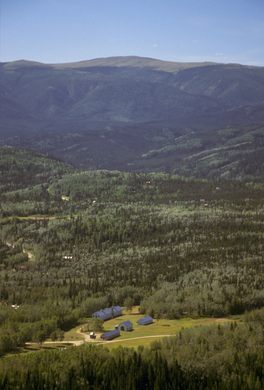
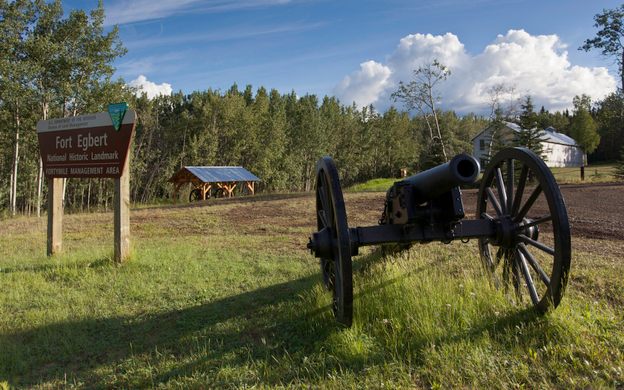
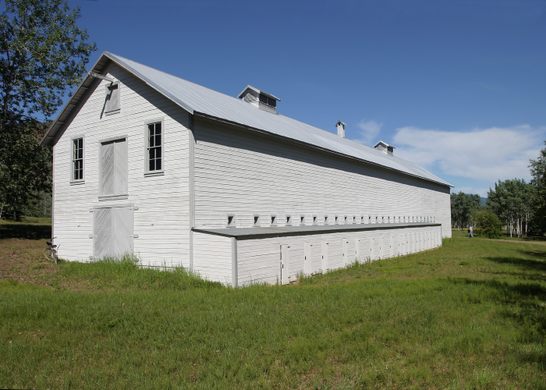
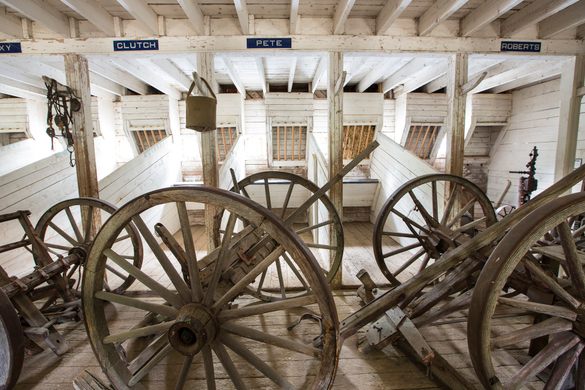




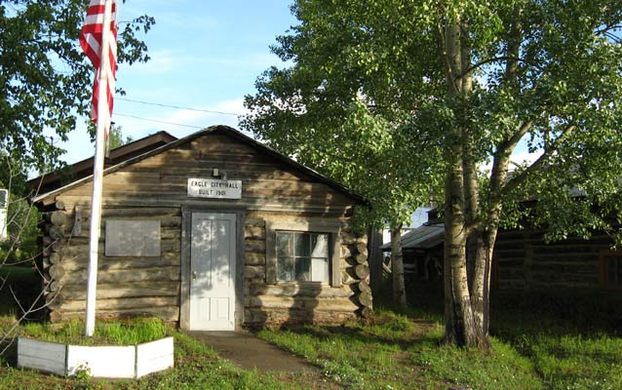
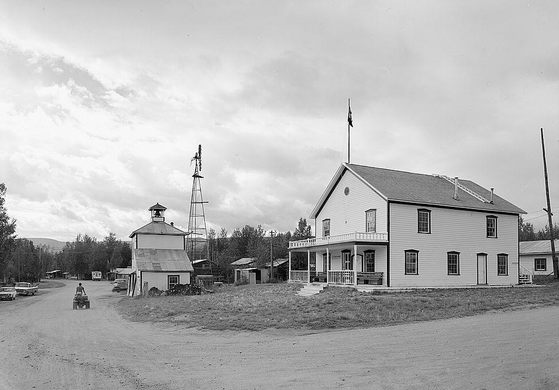





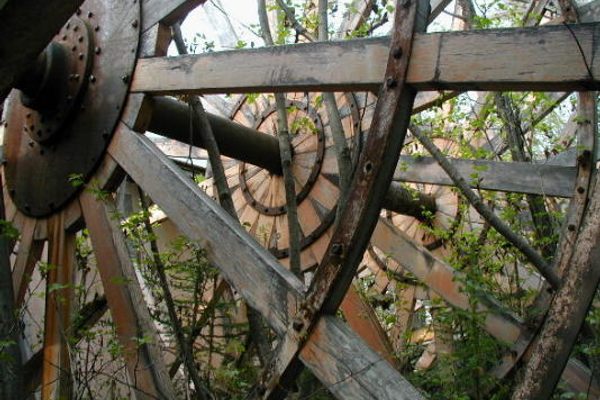

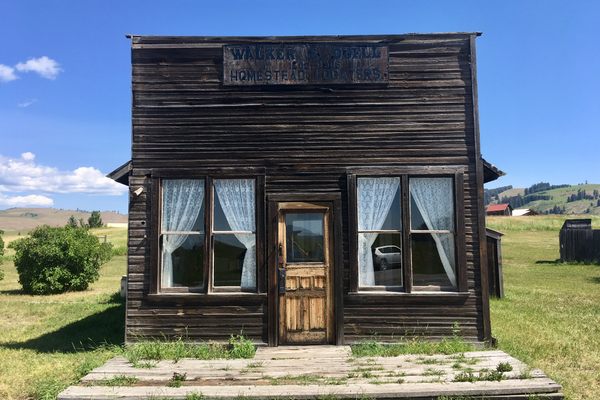



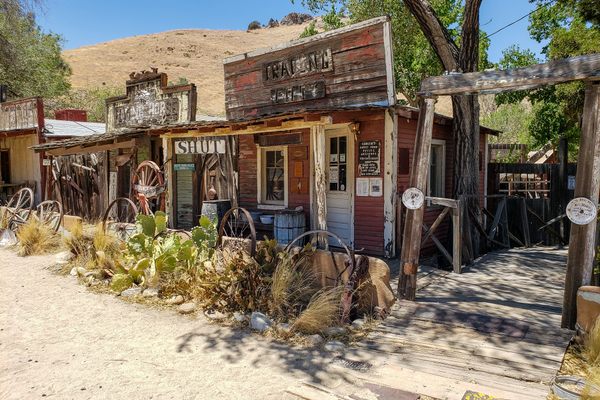



Follow us on Twitter to get the latest on the world's hidden wonders.
Like us on Facebook to get the latest on the world's hidden wonders.
Follow us on Twitter Like us on Facebook